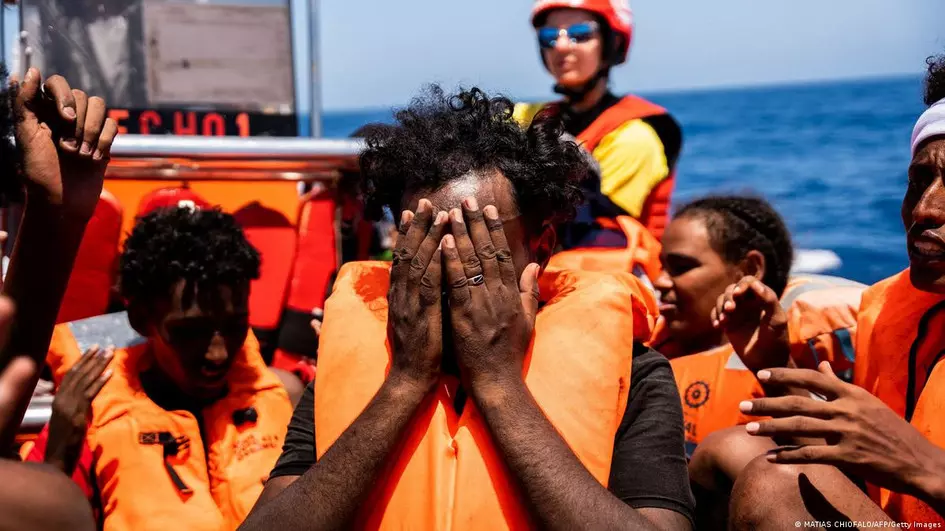EU’s migration dilemma Is sealing borders the solution?
This year, the agency has predicted that irregular border crossings could rise even higher, due in part to the fact that arrivals via the central Mediterranean route to Italy tripled in the spring.

European Border and Coast Guard Agency Frontex expects yet another rise in the number of migrants and asylum-seekers arriving in the EU. In 2022, Frontex recorded some 330,000 so-called irregular border crossings, the highest figure since 2016, when the bloc saw a record number of arrivals. This year, the agency has predicted that irregular border crossings could rise even higher, due in part to the fact that arrivals via the central Mediterranean route to Italy tripled in the spring. Some EU member states and former members like the United Kingdom are therefore trying to adopt stricter laws, regulations and asylum procedures to discourage or deter people from entering their countries.
German cities and municipalities are saying that housing and integrating new arrivals presents an overwhelming task. Around a quarter of all asylum applications submitted in the EU are filed in Germany, even though it’s not the country migrants reach first, due to its geographical location. Under EU law, Germany is not technically responsible for processing such applications. Germany’s federal and state governments have therefore agreed to adopt stricter deportation and detention rules for migrants who are obliged to leave the country.
Interior Minister Nancy Faeser has, however, so far rejected ramping up checks along the German-Polish border to deter irregular crossings. The German-Austrian border, meanwhile, has seen spot checks for several years, as it lies at the end of the Balkan migration route.
Other countries such as France, Austria, the Netherlands and the UK are trying to deter arrivals with tougher measures. Britain, for example, has threatened to outsource asylum processing to Rwanda or hold migrants on ships.
While Denmark failed in its attempt at opening an asylum center in Rwanda, the government has nevertheless made asylum procedures more restrictive in recent years. Denmark has also maintained border checks with Germany for years. Only 180 people apply for asylum in the Nordic country every month. This is very little compared with a country like Austria, for example, which saw between 4,000 and 11,000 applications per month in 2022.
Migrants tend to first arrive in EU countries like Italy, Greece, Malta, Cyprus, Croatia and more recently Poland, owning to their geographical location. These states are trying to make it as difficult as possible for migrants to enter in the first place. Some external EU borders, such as the Greek-Turkish frontier along the Evros river, have been effectively shut. This only leaves the dangerous sea route for reaching the EU, or trying to enter the bloc by plane with a real or forged visa.
Sealing off the bloc in this way has been referred to as “protecting the EU’s external borders,” and is supported by EU interior ministers.
Italy is trying to make it even more complicated for private rescue ships to bring shipwrecked people to its ports. This approach, too, is supposed to deter migrants. But the Mediterranean country is still struggling to keep migrants from arriving on its shores. That’s why the government wants Tunisia to prevent migrants from boarding EU-bound vessels in the first place. Italy intends to pay Tunisia for holding back migrants, and negotiations over an agreement are underway. The number of people trying to reach Italy from Tunisia increased tenfold this year.



